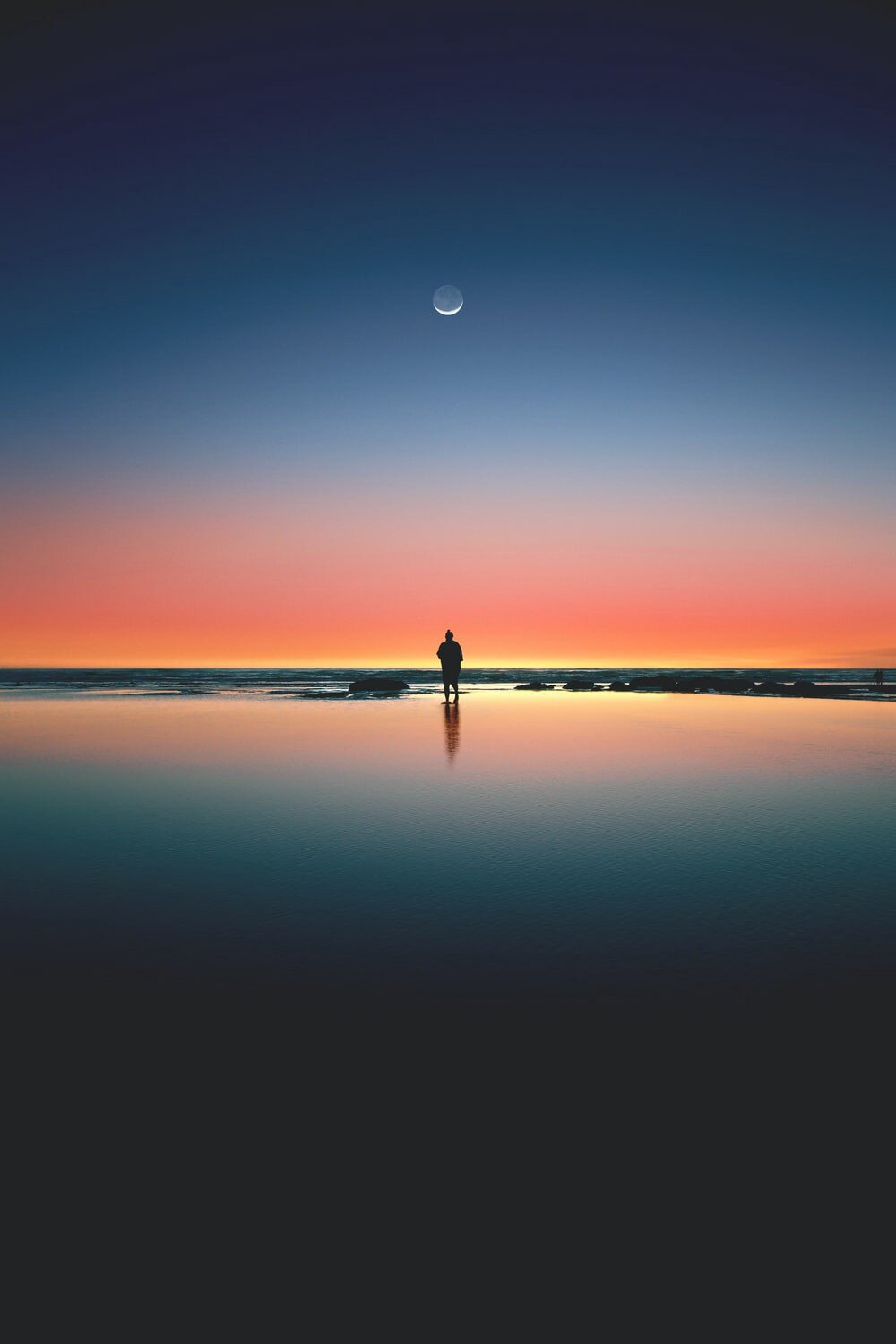7 Ways to Flourish in a Romantic Relationship with a Creative Person
As a creative individual, you are unique in many ways, however, there are many ways in which you as a creative person are exactly like everyone else on our planet. Namely, you require a sense of love and belonging. As a creative person you are likely one of the following:
In a relationship with another creative person and trying to support them
Looking to be in a relationship with another creative person whom you can support, or
Looking for ways to help your partner understand how to support your own creative needs.
In this article I’ll help you explore the unique ways creatives can flourish along the lines of this universal human need of love and belonging.
1.) Do engaging activities together often (Flow Together)
Finding ways to spend your time that are appropriately challenging and interesting is one of the best ways to make any individual life worth living. Balancing your challenges and your skills on activities that you find personally rewarding for its own sake is a surefire way to get into a psychological state known as “Flow” which is even referred to as “Optimal Experience”.
It’s that feeling when time either flies by or slows to a crawl, you feel in complete control of the activity to the point where it almost feels like it’s happening on its own, and by and large you feel a deep sense of engagement and enjoyment. This happens with things like painting, surfing, climbing, epic conversations, making music, or any other creative activity that really gets you in the zone.
This experience of flow is often discussed as an individual activity, however, groups, and especially couples, can also get into flow together! You and your partner can enter into flow states in a shared activity that can do wonders for bringing you together. Not only can this build your individual skills, but it can also build the strength and complexity of your relationship itself. Try to find things that you can collaborate on in which there is:
An appropriate challenge that balances with both of your skills
An obvious and attainable goal
Immediate and understandable feedback
A desire from the both of you to do the activity for its own sake
This could be anything from mountain biking, to painting, to collaborating on music, painting, poetry, cooking an interesting or complex meal, building something together, dancing, or (my personal favorite) acroyoga. As a creative your deep engagement with your experience is paramount to your wellbeing, and the more you can include your partner in this, the better.
2.) Share creative successes with each other (Capitalizing on Positive Events)
As a creative you are likely working on at least one project. More likely you have a variety of projects that currently interest you and each day is spent bouncing between a few of them. If this is the case then you are likely making notable strides and accomplishments throughout the days, weeks, and months— some gigantic, and some miniscule. Regardless of its size or relative importance, sharing wins with your partner is an important way to build a strong bond. It also gives your partner opportunities to support you and your work.
Research by Positive Psychologist Dr. Shelley Gable has shown that actively participating in a success story in a constructive way is the strongest way to build relationships (e.g. Wow that must feel so good! How did they present the award to you?). This is opposed to passive or destructive responses (e.g. “Cool.” or “I’m sure anyone could get that award…”).
3.) Provide encouraging support paired with honest feedback
Art, personal projects, and creative endeavors are by their very nature meaningful to you in one way or another. In fact, creating can be considered a meaning-making activity in itself. Because of this it is extremely easy to become personally invested in a project- even to identify with it as it is imbued with deep meaning and significance.
Validating, encouraging, or supporting a creative’s work is one of the strongest ways to impart a sense of belonging and connectedness. This goes beyond actively and constructively responding to successes, and into actively encouraging things that haven’t been accomplished yet, or finding the value and significance in your partner’s process, effort, and final products.
An approach of support and encouragement can become tainted though if it is done in an insincere, rote, or otherwise mechanical fashion devoid of genuine discernment. Sometimes a critical eye that can provide honest and genuine feedback, even if it is not cheery and rose-colored, can demonstrate a willingness to truly engage with a creative’s work. Finding that balance of deep encouragement with genuine feedback is a major task of the creative relationship.
4.) Give each other space to create (Balance & Security)
A secure relationship is one in which support is present, it is often demonstrated (as stated above), but it can also be felt even while it is not actively being demonstrated. This is important because many creative endeavors require solitude, many hours of concentrated focus, or time alone for your thoughts and ideas to unfold.
If you or your partner require constant reassurance and unwavering attention in order to feel loved and connected then the relationship will inevitably impede your creative success. Establishing trust, using appropriate reassurances, and generally assuming positive intent can help to create opportunities for safely offering each other space. Again, finding a balance is key, and the proper balance will be different for every person and every couple.
5.) Try interesting new things together (Openness to experience)
One of the things that makes you so creative is your engagement with your experiences. You’re open to new ways of thinking, new techniques, new approaches, new technologies, and new modalities.
Not everyone is so keen on stepping into new experiences though. In a creative relationship allowing opportunities for novel experiences and exploration not only gives the relationship itself chances for growth, challenge, and renewed complexity, it also gives you the chance to find new inspiration, connect with new experiences, and ultimately engage with the world in a creative way.
6.) Explore deep and sophisticated ideas with each other (Intellectualization)
Along the lines of being open to experiences, one of the things that makes you creative is your interest in and ability to actually engage with these experiences on an emotional, cognitive, and intellectual level.
Creative people tend to have a higher need for intellectual stimulation — beyond exploring new places, foods, and technologies you’re likely interested in exploring new ideas, philosophies, and perspectives. Sharing and exploring ideas with your partner is a powerful technique for exploring each other’s mental landscape and understanding the similarities and differences between the two of you.
7.) Sharing inspiration and influences (develop a mental model of your creative partner)
Finally, going beyond the tasks of intellectualizing for the sake of exploring new ideas, you can also explore and share the things that deeply inspire and connect with each of you. According to one of the world’s top researchers on trust and relationships Dr. John Gottman, building up a lush and detailed mental model of your partner is an important part of building a strong connection.
In a creative relationship the art that inspires you to create, the people that motivate you, and the situations that bring you a deep sense of joy and passion absolutely must be explored if you want to establish a sense of belonging and understanding amongst each other.
Ultimately, doing your best to love and support your partner will be the key to a happy and sustained relationship, regardless of career, inspirations, or level of creativity, but if you’re trying to help your creative relationship to thrive then these strategies are sure to move you in the right direction.
If you’re looking for support in these areas you may also benefit from the help of a Marriage & Family Therapist or a Creativity Coach. Check out www.upwardacts.com to learn more about the benefits of Creative Wellbeing Coaching, as well as other great resources for your creative life.






